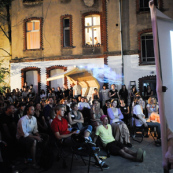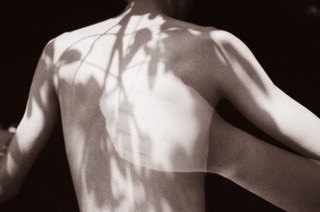November 17, 2011 at 7pm
.HBC Berlin (mehr …)
Kategorie: Photography
-
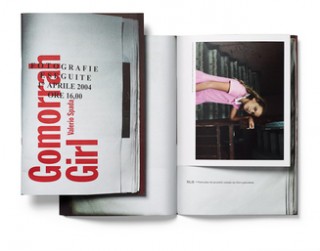
PBN 2011 Celebration Berlin
Blurb presents the winners of this year’s PHOTOGRAPHY BOOK NOW competition.
Friday, November 18 · 6:00pm – 9:00pm
Gestalten Space Berlin
Sophie-Gips-Höfe, Sophienstraße 21, 10178 Berlin -
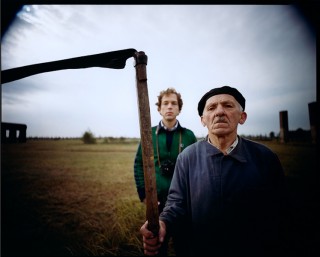
James Friedman | 12 Nazi Concentration Camps
„James Friedman’s work „12 Nazi Concentration Camps“ is about awareness, distance and expectations. Not only is he aware of the historical facts of the Nazi era, he is also reflecting how those who have not experienced the Holocaust first hand might have encountered the topic in school, of what their parents, the press and the old black and white pictures told them. He is also awake to his role as a photographer who is unable to capture all the inexpressible torture and pain and that he can’t tell the whole truth of the catastrophe. With his own appearance in his pictures as a shadow, a hand or in persona in the background with his camera around his neck, the viewer is reflecting James Friedman’s role as a photographer and his own role as a viewer and judge. This multilayered and reflected state of mind needs some distance from the emotional topic but surprisingly the pictures are warm and witty, humorous even. (mehr …)
-
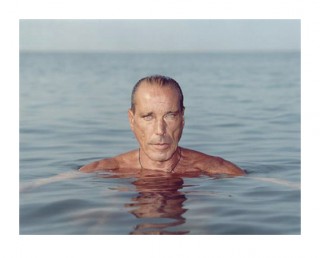
Albrecht Tübke
Above: Selected photographs from Albrecht Tübke’s series „Twins“ (1st row), „Personae“ (2nd row), and „Heads„.
Dandies against a Concrete Wall. Photographs by Albrecht Tübke
Val WilliamsWhen Albrecht Tübke began to photograph people he encountered in the cities of Europe and the USA, he became part of a long tradition of documentary portraiture. Like his illustrious forebear August Sander, and more recent practitioners such as Judith Joy Ross and Rineke Dijkstra, Tübke has a gift for allowing his subjects to perform in their own solitary drama. „Many people„, he writes, „try to hide their emotions and feelings as they go about everyday life. This public persona is often calculated to mask what is within, creating a veneer of individuality, a fabrication to hide behind.“ (mehr …)
-
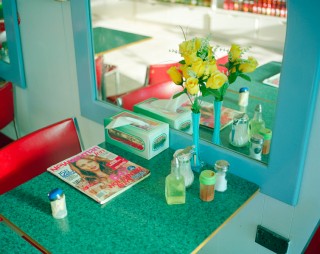
Louis Porter | Unknown Land
„Louis Porter’s pictures deal with the strangeness of everyday life and the feeling of alienation; even with abstract pictures he has incorporated a political, analytical and satiric view of the world. Photography shows surfaces, even when it seems that there’s depth there isn’t. Louis Porter shows plastic surfaces reflecting in sunlight, empty spaces, dreamed new worlds where nobody’s living, non-places, model homes went wrong, alienated figures and cheap advertisement promises. When we would get everything we wished for, would we be happy? If everything would be right, in place, neat, wouldn’t it be a nightmare, wouldn’t it be empty and the opposite of being human? (mehr …)
-
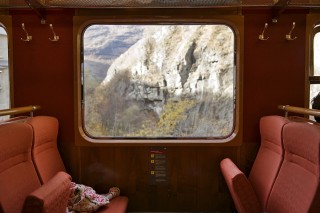
Géraldine van Wessem
Géraldine van Wessem was born in 1984 in Dendermonde, Belgium. She graduated in 2006 as a Master in English and Dutch philology at the University of Ghent, Belgium. After that she enrolled at the Royal Academy of Fine Arts in Ghent. In September 2010 she obtained the degree of Master in Visual Arts (Photography) with great distinction. (mehr …)
-
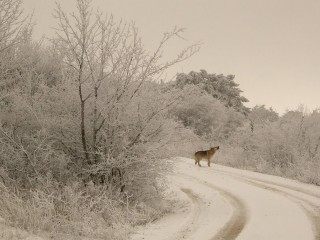
Maksim Shumilov
Maksim Shumilov is a communication technician and hobby photographer from Feodosiya in Ukraine situating at the Black Sea coast. His passion for photography started in 2006 when a friend gave a camera to him with the words: „Now you’re a photographer and I’m afraid this means forever.“ (mehr …)
-
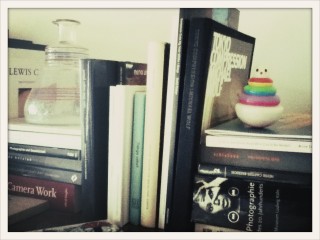
ACMV Indie Photobook Collection
Our growing & frequently updated Indie Photobook link collection on Google+,
comprising non-profit organisations/blogs, independent photobook publishers, photobook festivals/fairs, competitions/awards and various other handy links within the photobook context.Have a look – and feel free to add your suggestions in the comments. Thank you!
-
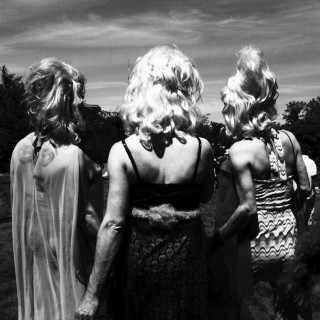
Star Rush | Transfiguring Intimacies
Mobile messaging, public telephones, private conversations in public places: in just the right moment, the split second really, we enter the space that collapse private introspection and public expression. In these photos, I explore two questions: (1) How am I when I can’t see me, but we see each other? and (2) What is the shape of isolation as mediums of exchange and transport transfigure intimacies into exterior landscapes? (mehr …)
